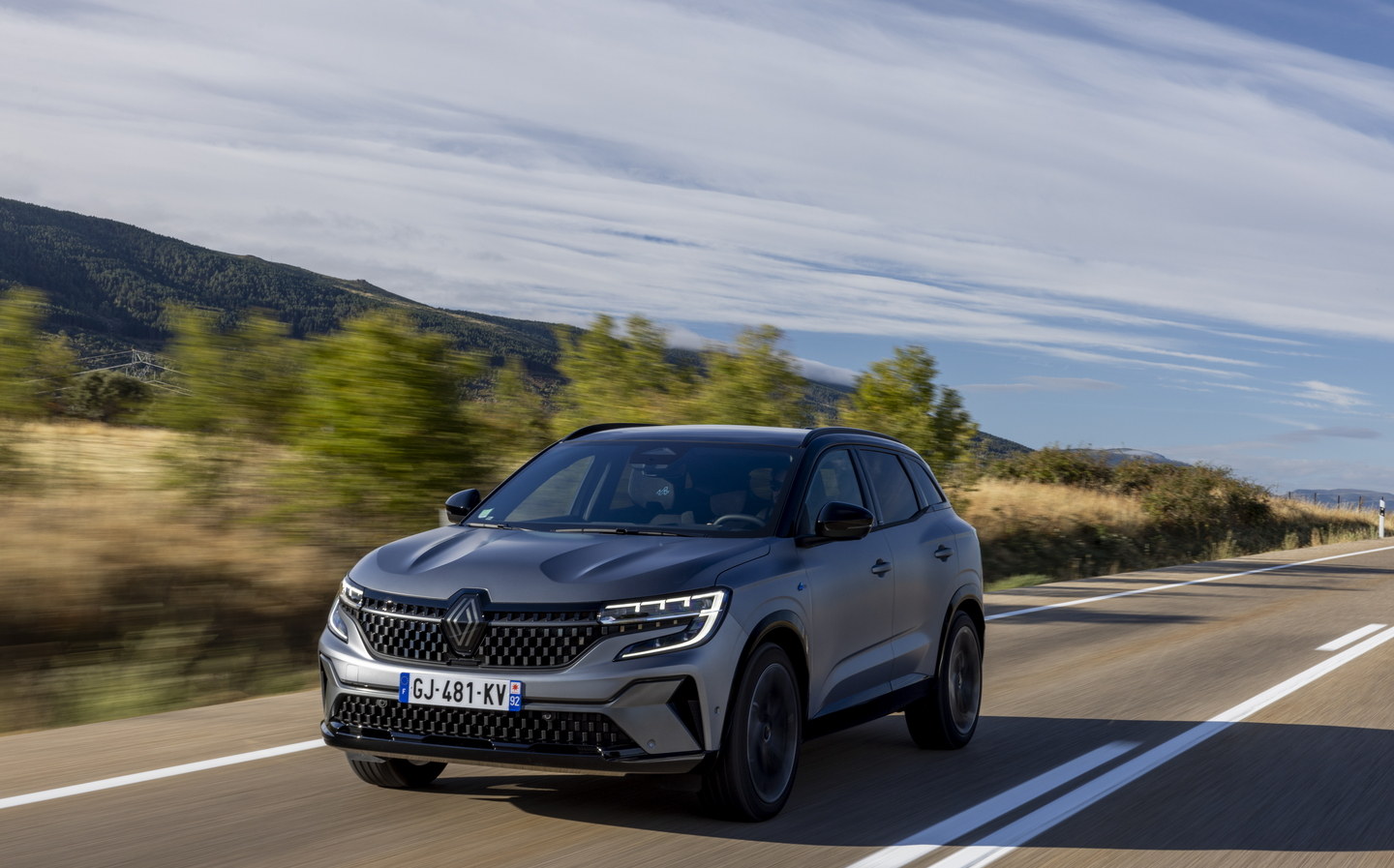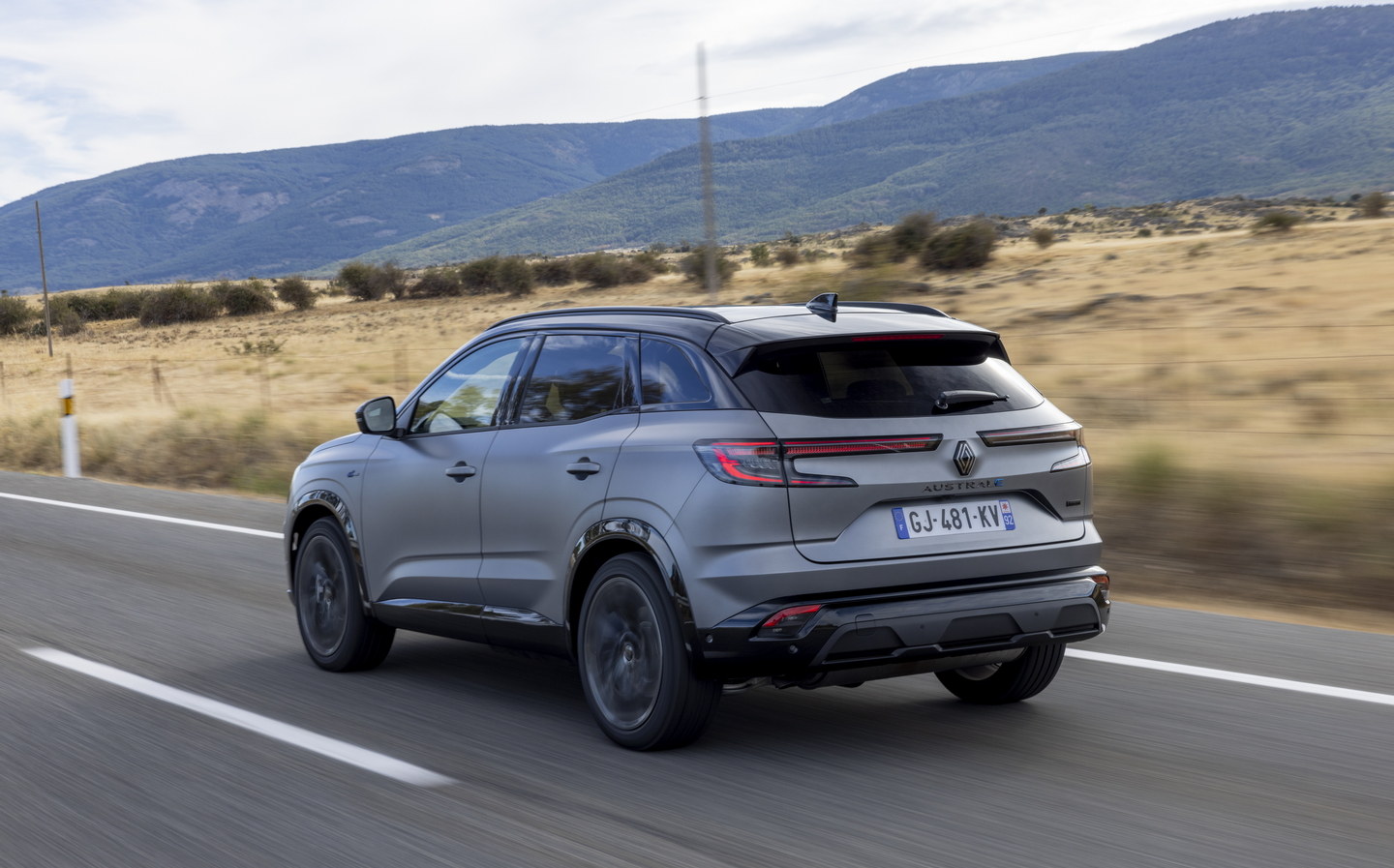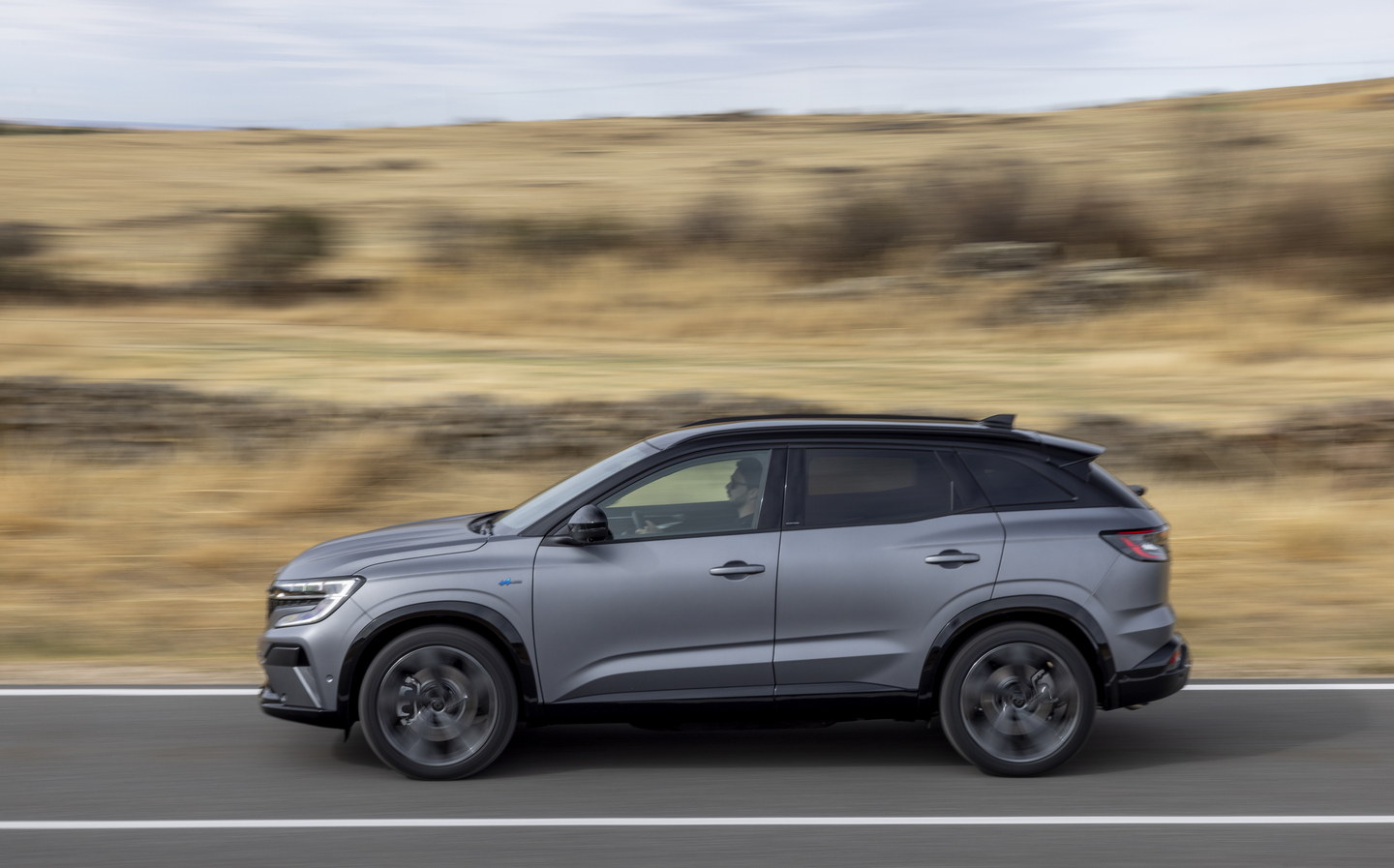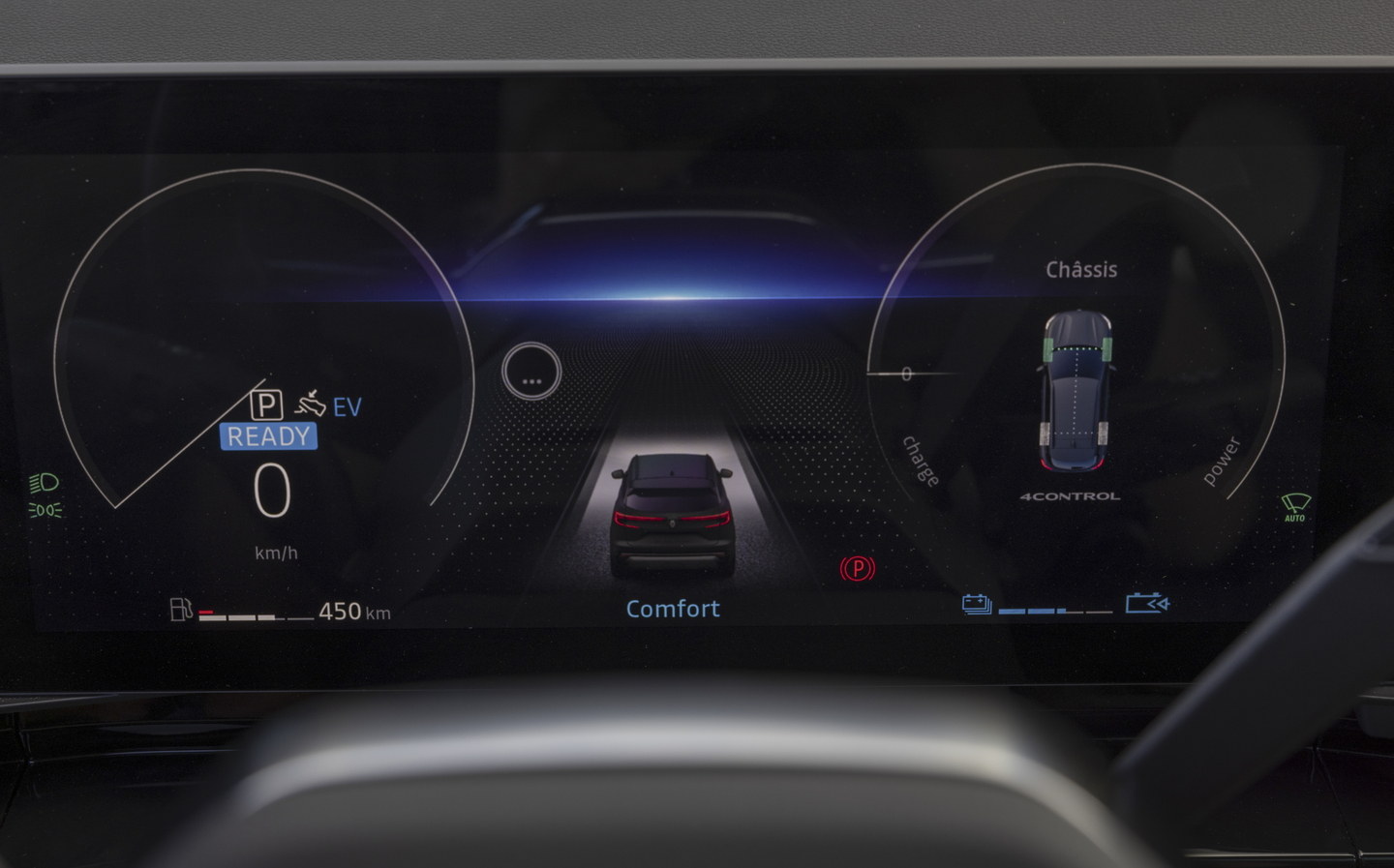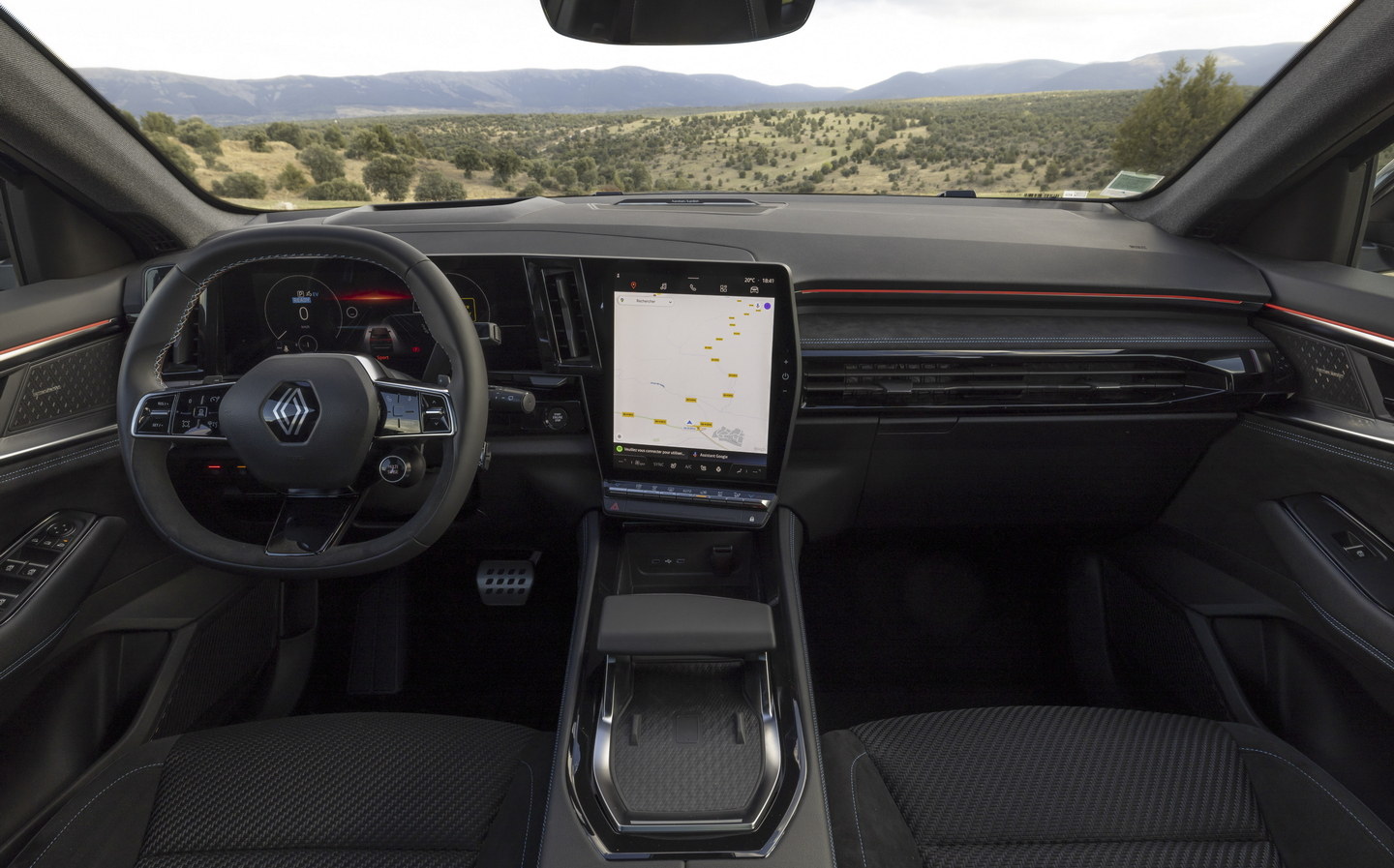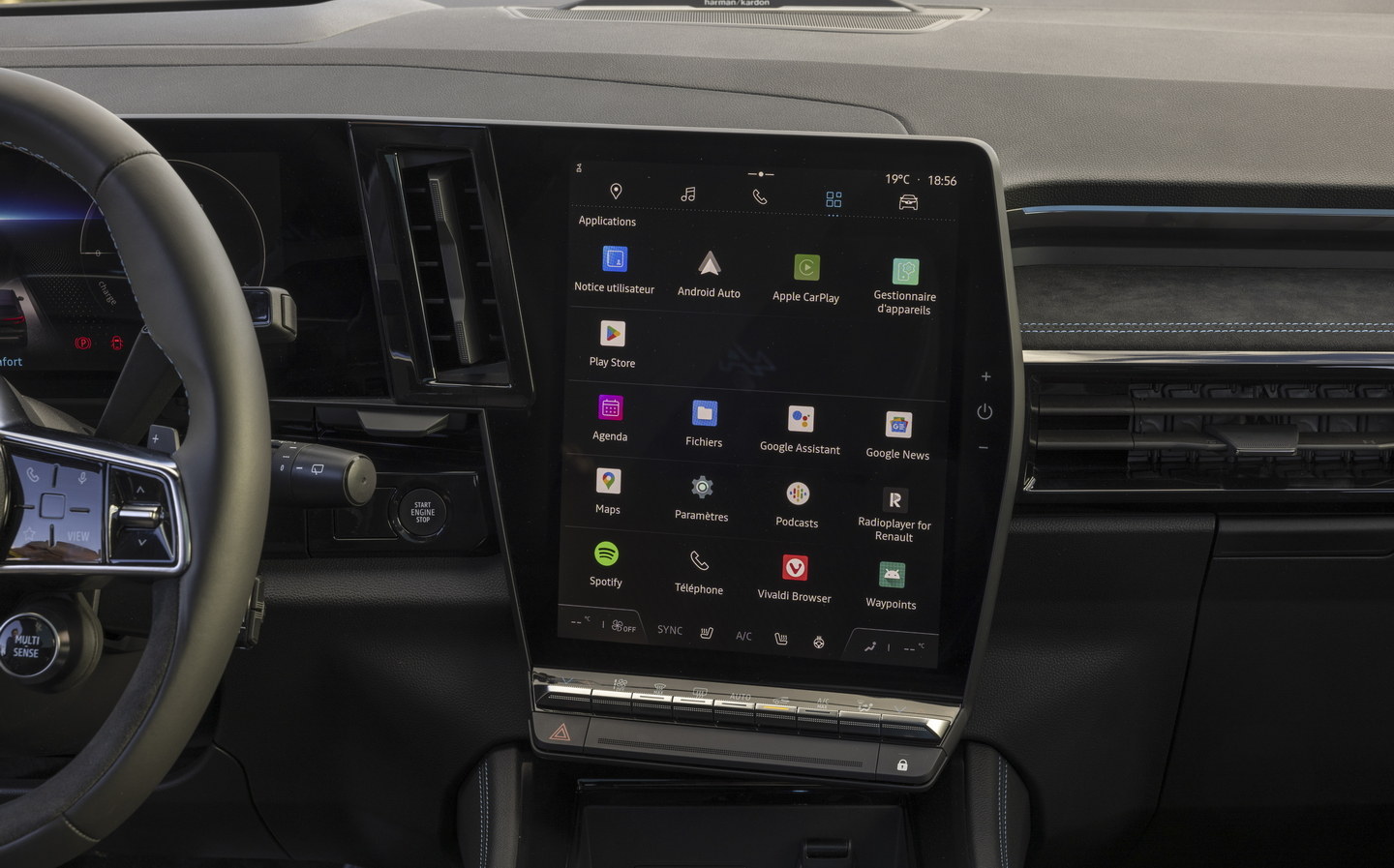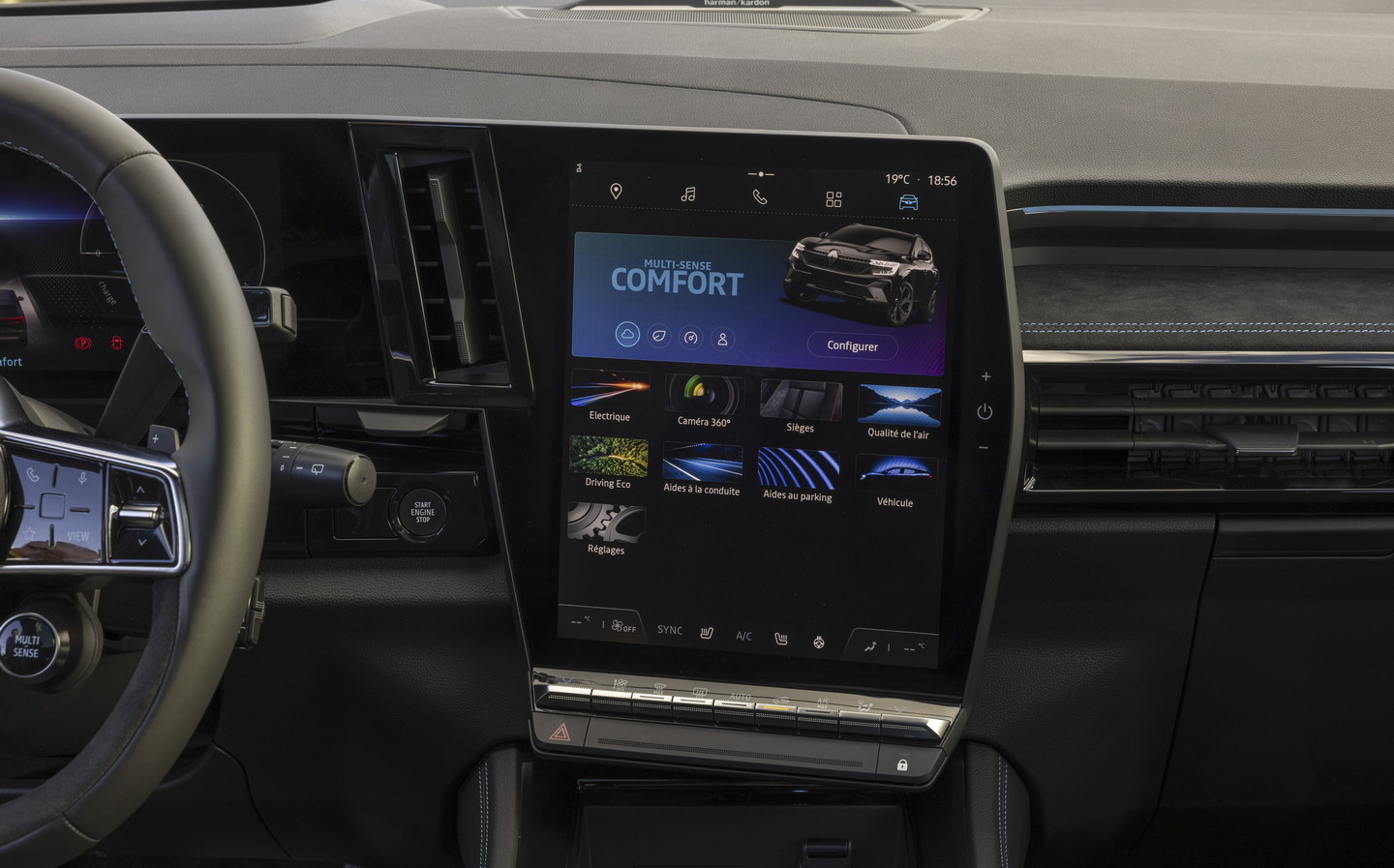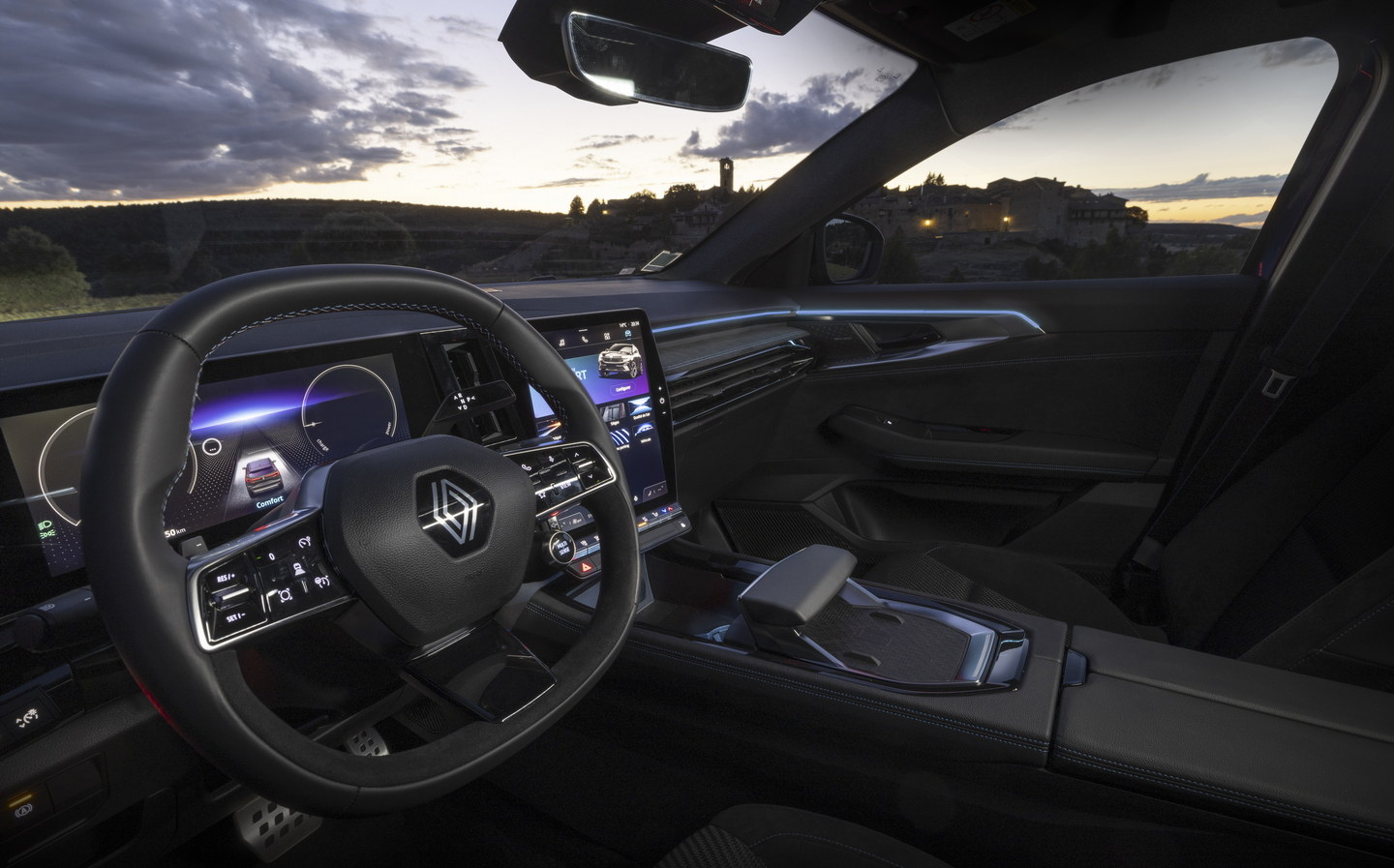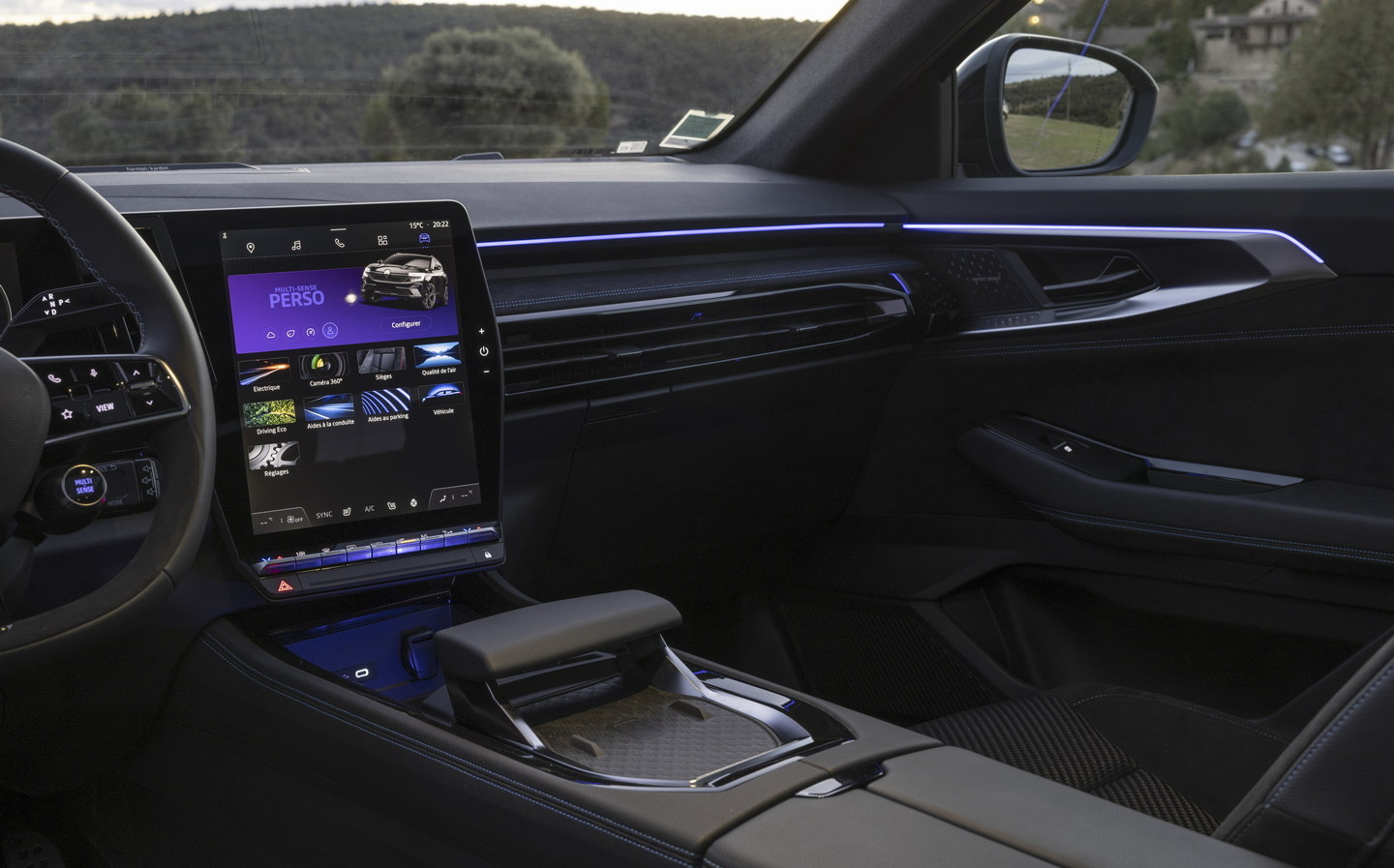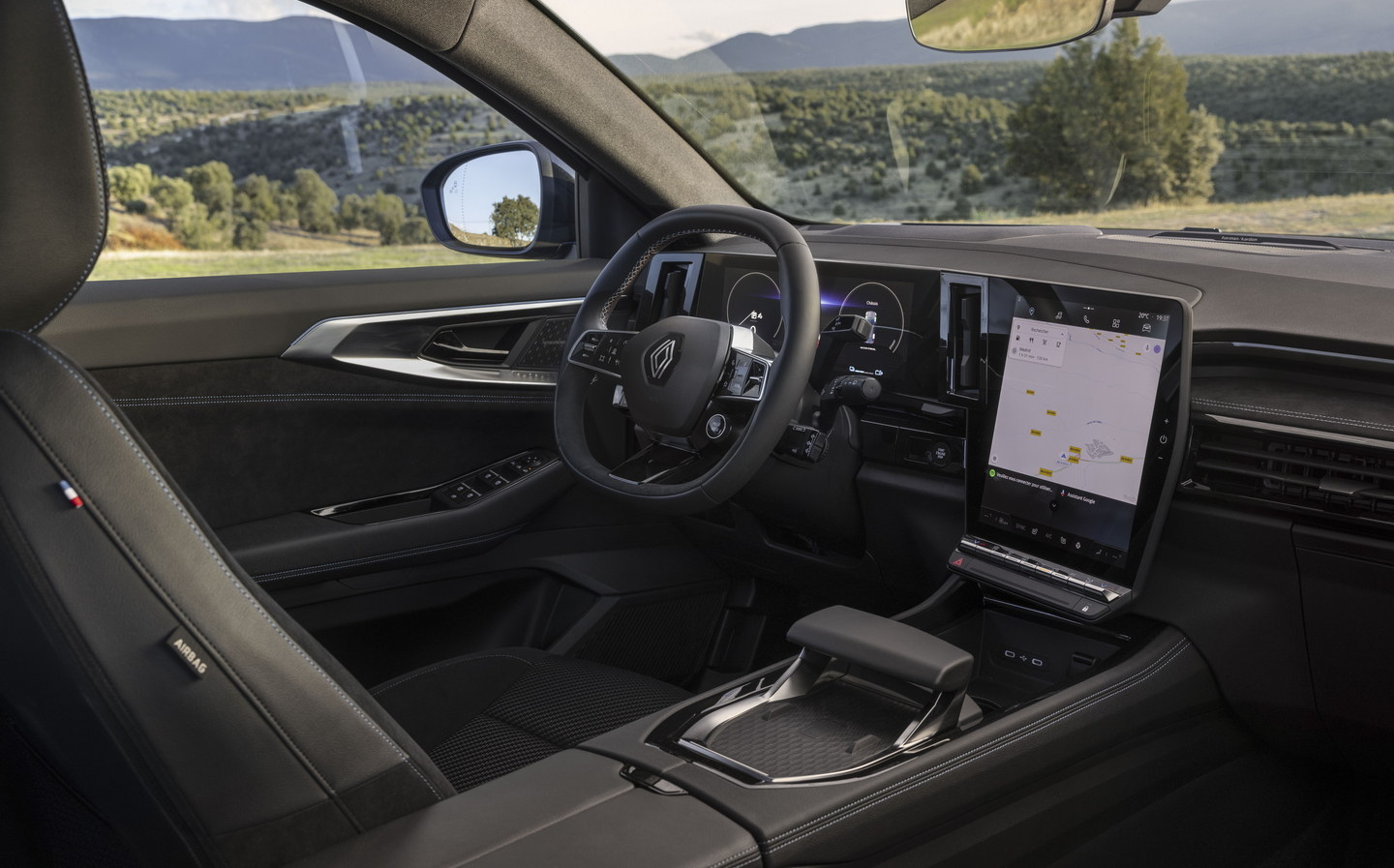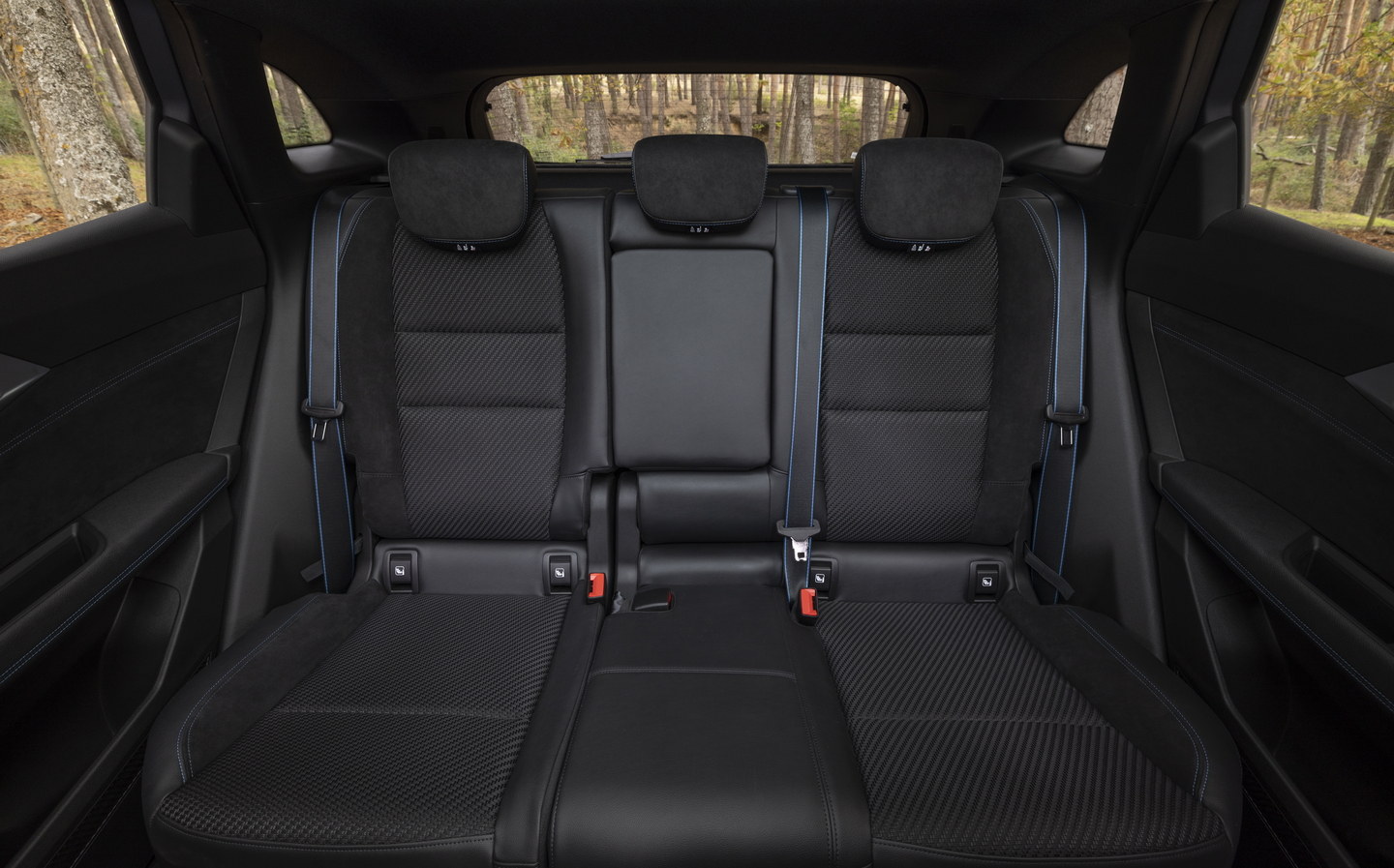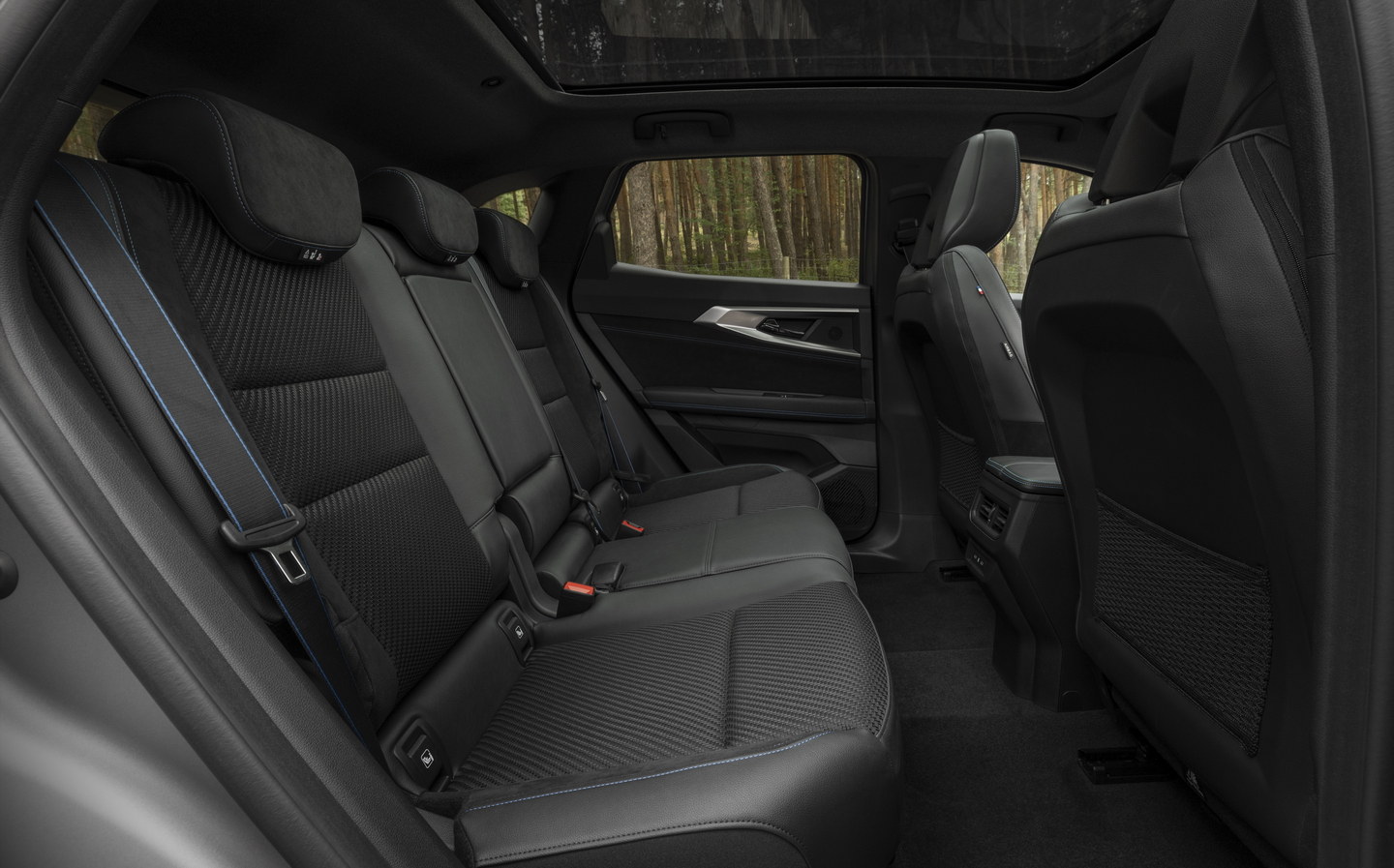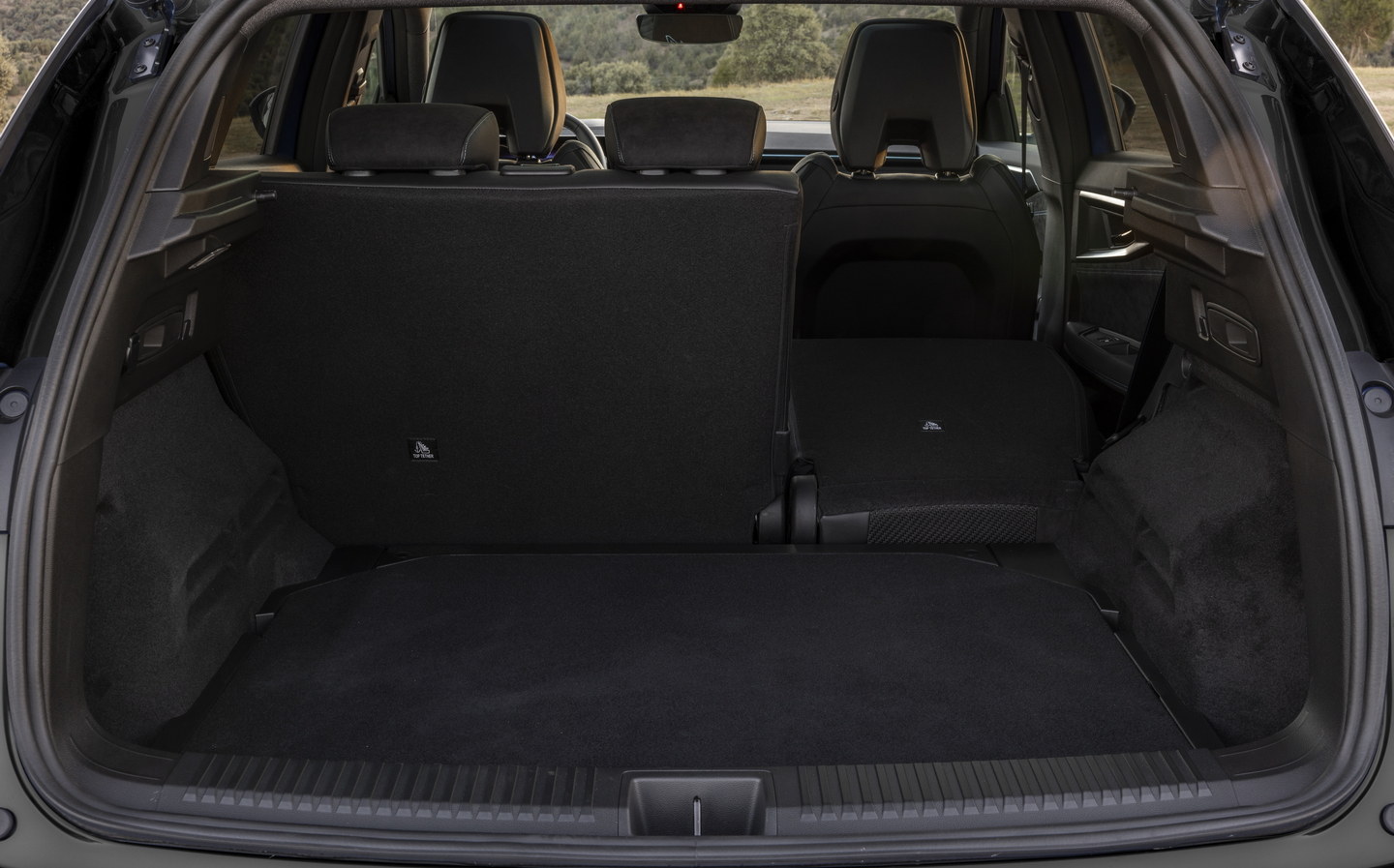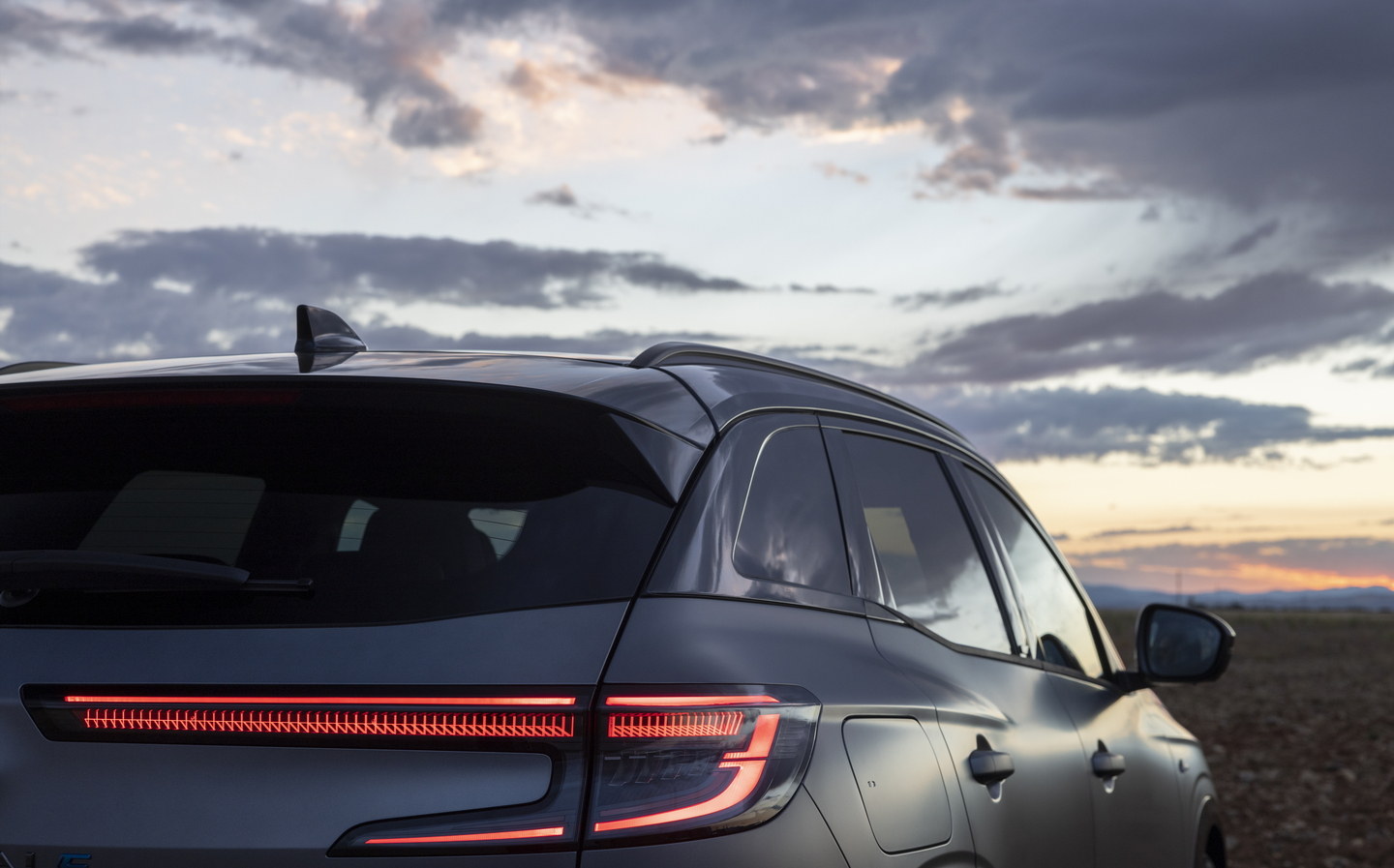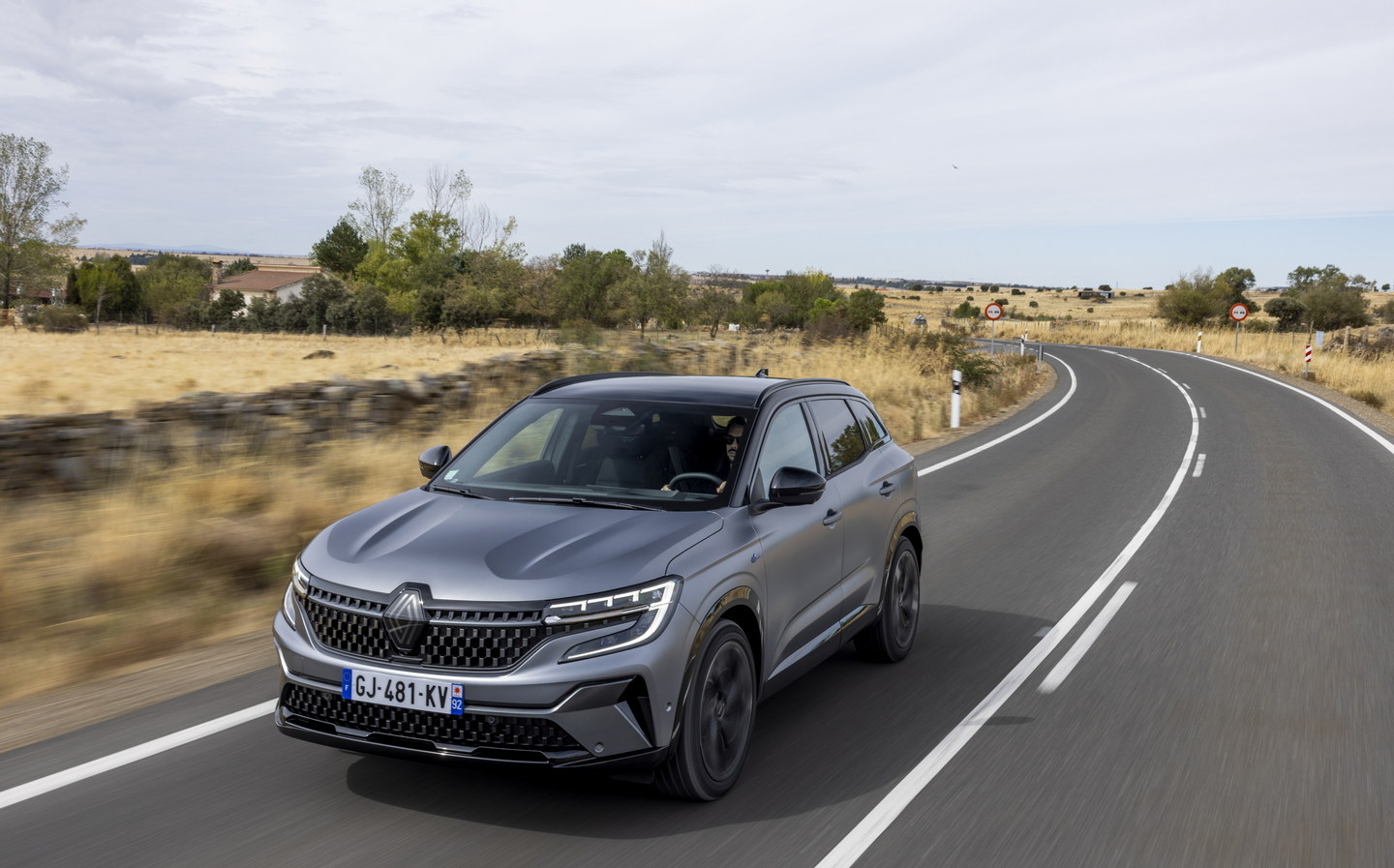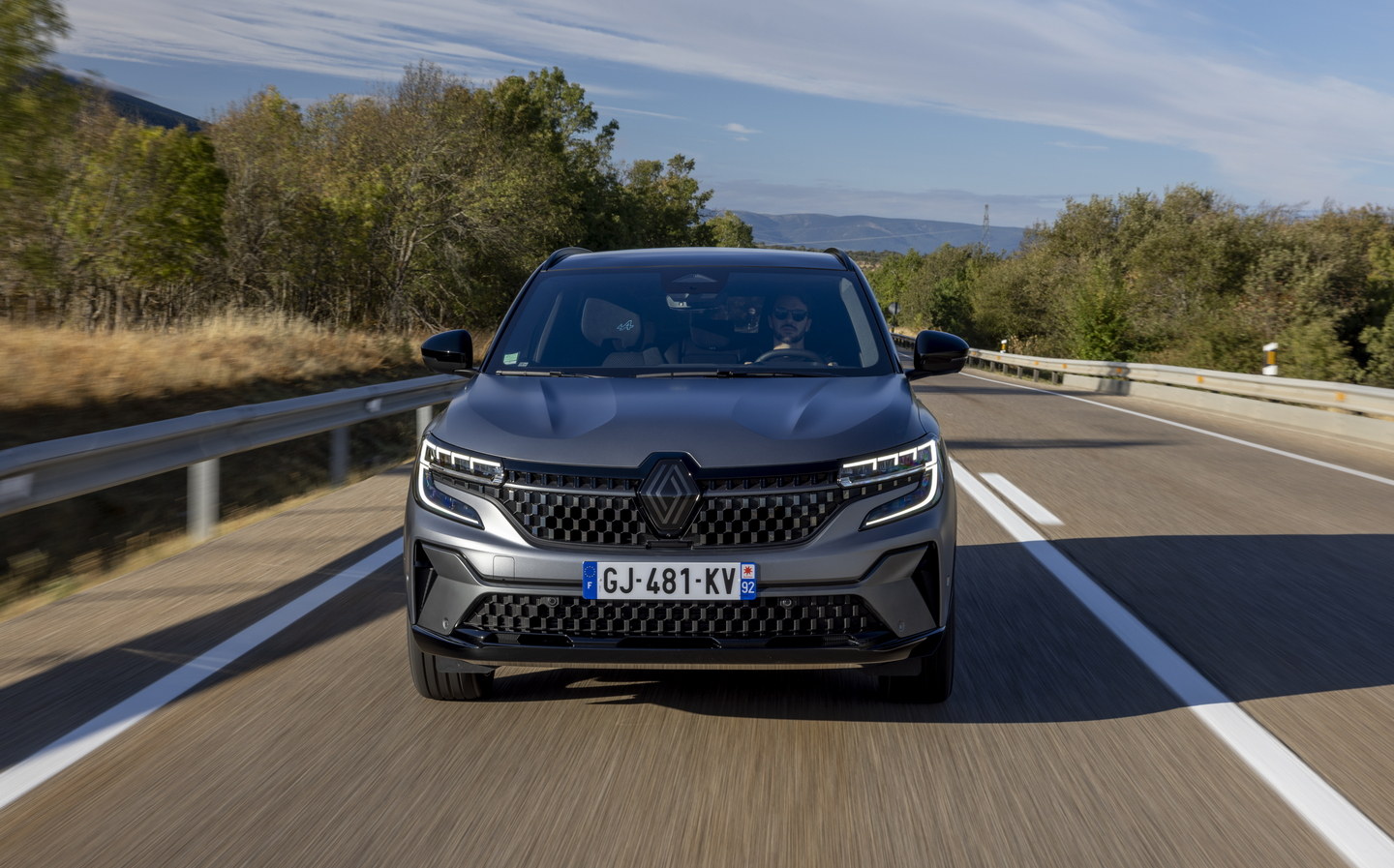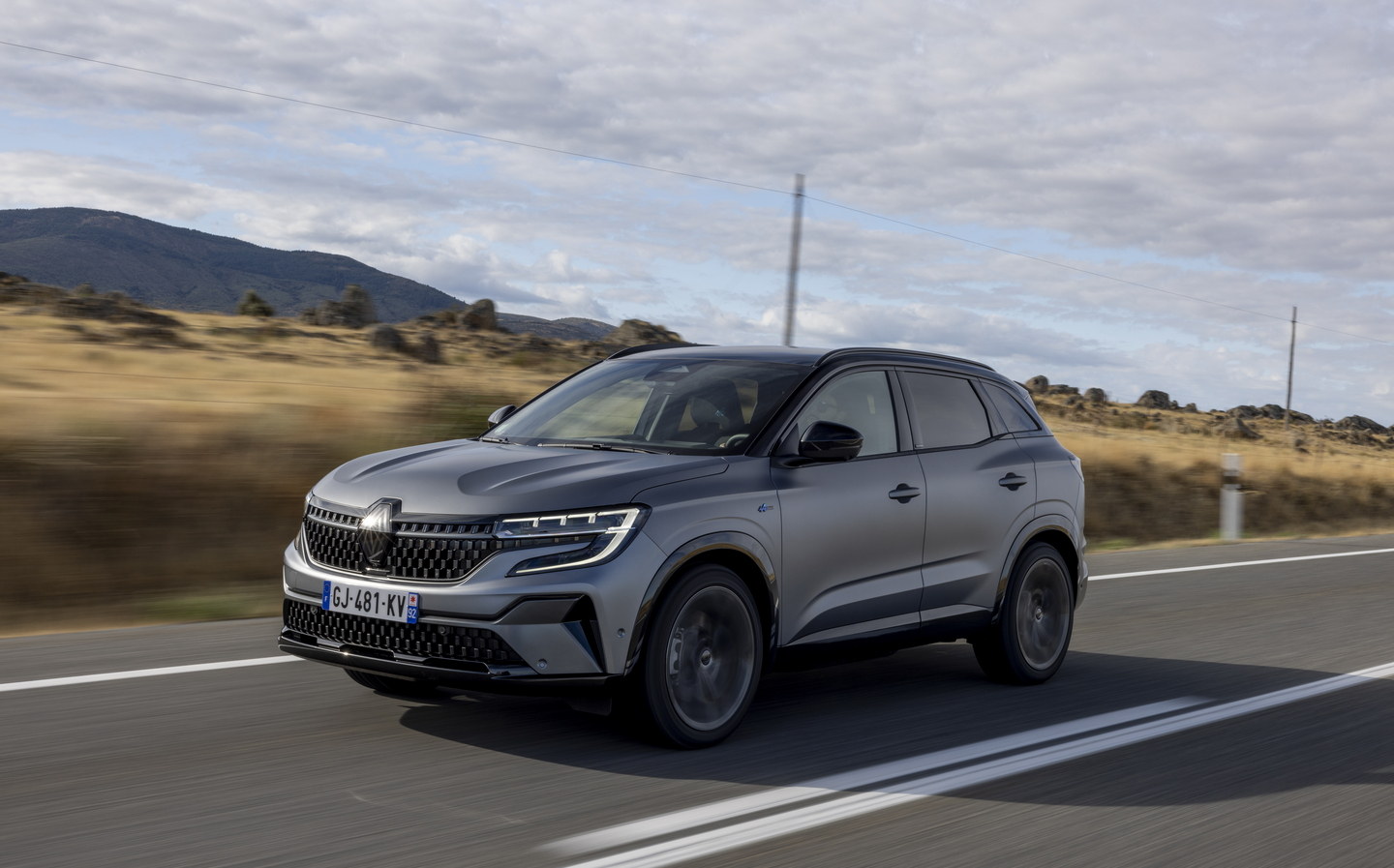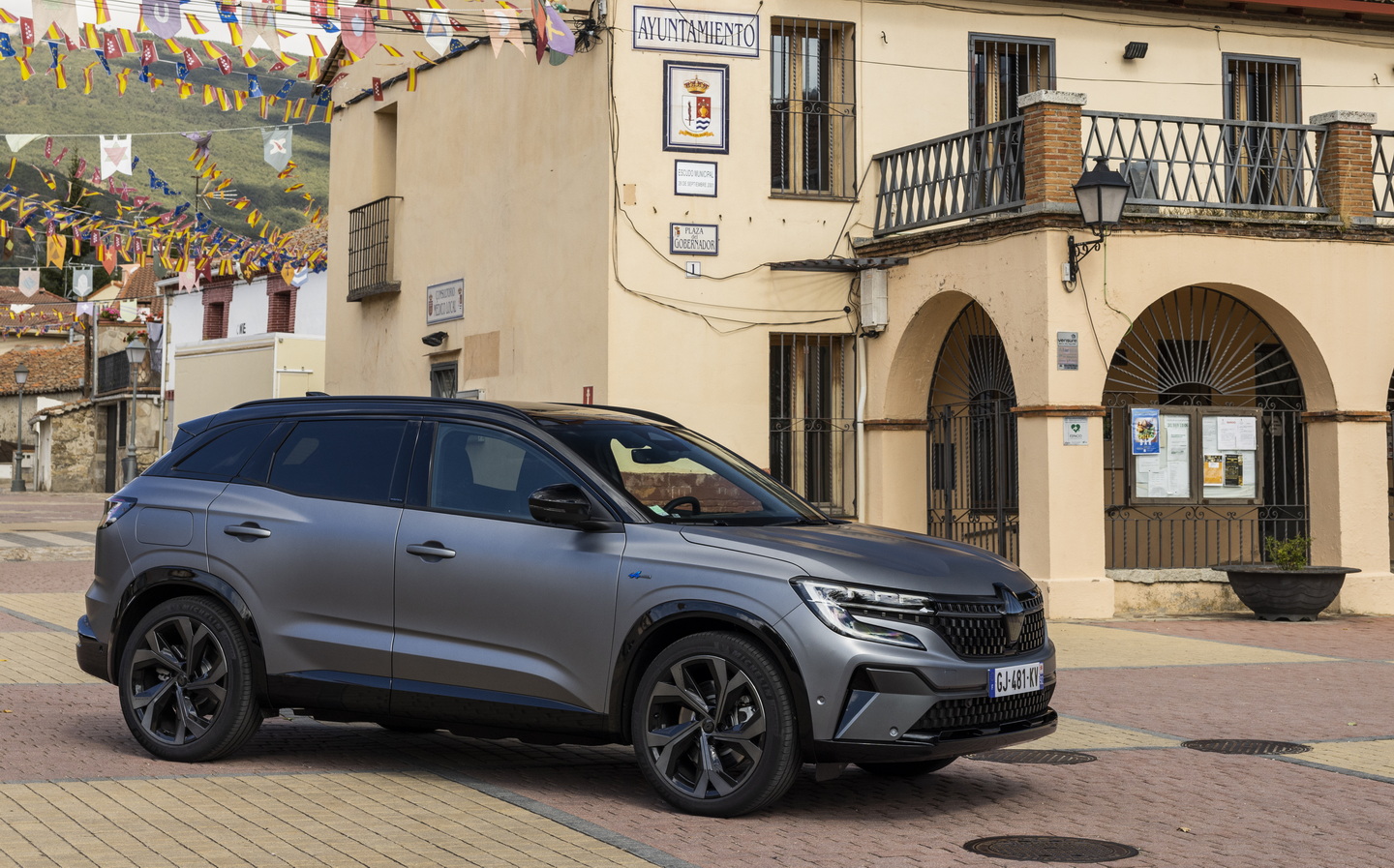Renault Austral 2023 review: Kadjar replacement is close but no Gauloises
The first Renault-Alpine in ages
It’s fair to say that Renault’s family SUVs have not been particularly successful of late. Despite sharing all its mechanical underpinnings with the popular Nissan Qashqai, the defunct Kadjar couldn’t comes close to its sibling’s sales numbers, while the larger Koleos was even more of a damp squib. Now, having hopefully learned its lessons, Renault is back with the new Austral – a car that replaces the Kadjar as the cornerstone of the brand’s SUV range.
On paper, things are looking up. Clever hybrid powertrains and technology powered by Android rather than, in the Kadjar, what we can only assume were old Amstrads suggest that this is a much more competent alternative to popular models from Nissan, Kia and Peugeot.
But the family SUV market is hugely competitive and brands across the spectrum have launched cool, composed and classy models that do their job exceedingly well. Can the new Austral really mix it with class-leading family cars such as the Seat Ateca, Kia Sportage (winner of two categories in our 2022 Motor Awards) and Hyundai Tucson?
Exterior design and rivals
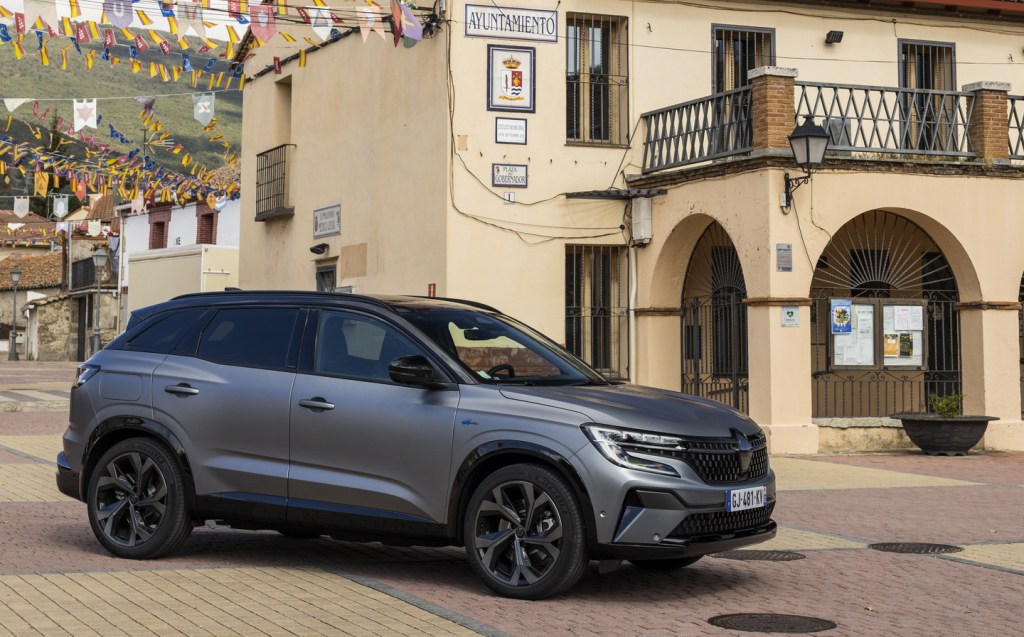
Like its predecessor, the new Austral shares the same basic structure as Nissan’s Qashqai, but the design details are decidedly Renault. A big grille, boomerang-style headlights and a massive Renault badge leave you in no doubt as to who builds the car.
But it isn’t especially distinctive despite that; the basic shape is fairly unremarkable, and while the Austral is undoubtedly modern, it looks a bit generic alongside the latest family SUVs.
That said, it certainly isn’t offensive to look at, and it’s more handsome than some of its biggest rivals. It looks more appealing than the current Toyota RAV4, for example. Its lack of flare also perhaps makes it less polarising than the Hyundai Tucson and Kia Sportage, and it’s less challenging than the Honda CR-V, too.
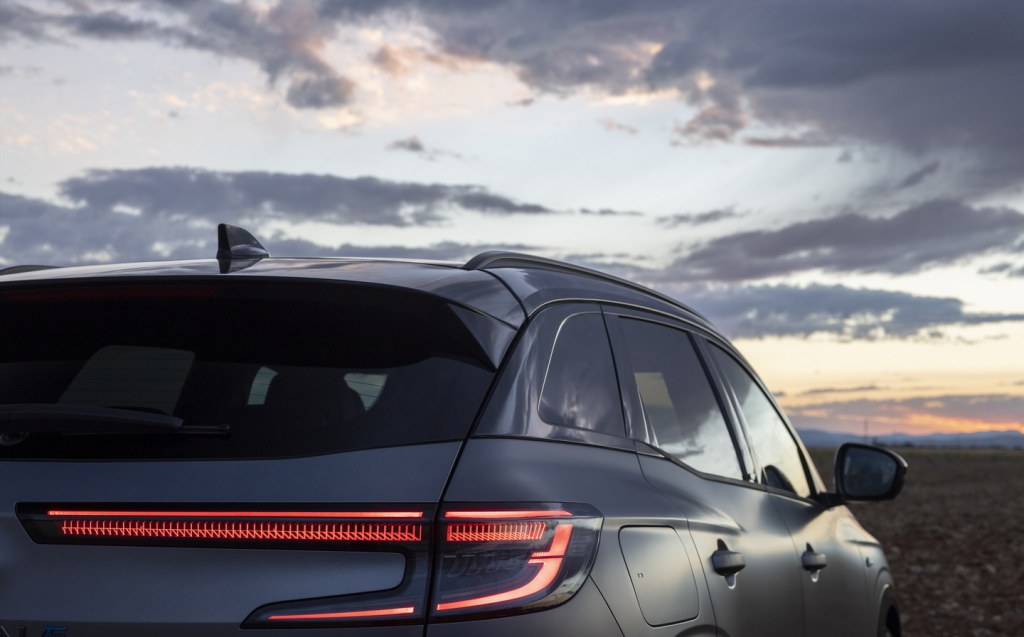
The Austral is also pioneering the new Esprit Alpine trim level, which offers sportier design than the standard car, but comes with no mechanical upgrades. Think of it as a replacement for the R.S. Line trim level, or Renault’s equivalent of Ford’s ST-Line. In the Austral, that means there’s some Alpine badging and branded wheel designs, but that’s about it.
Interior and practicality
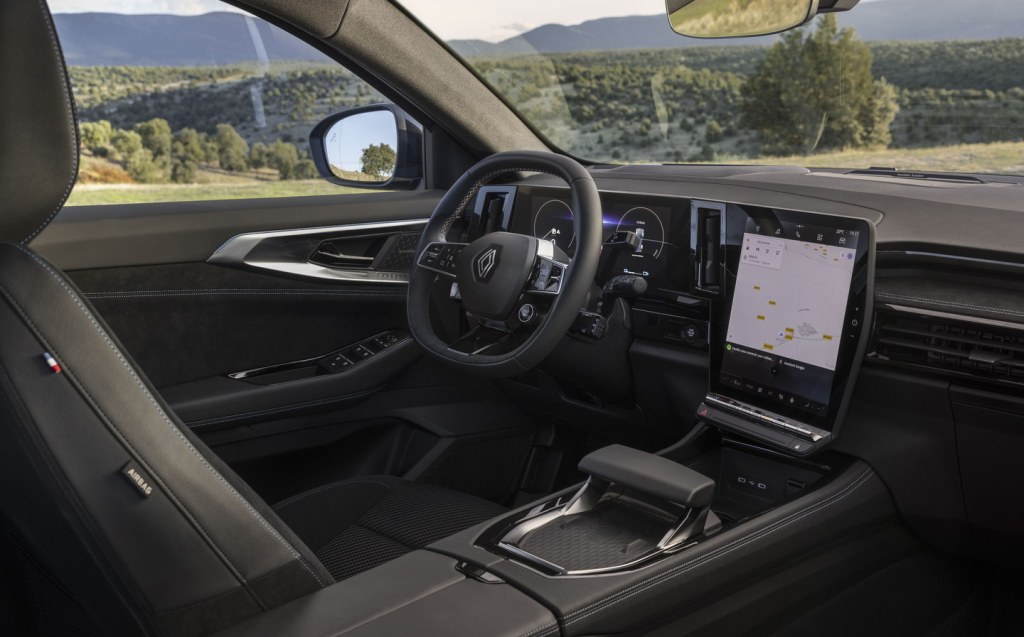
The new Austral might not be especially distinctive outside, but the interior is a bit more interesting. As is so often the way these days, the massive touchscreen is the centrepiece of the cabin, and Renault has designed pretty much everything else around it. As part of that, there’s a sliding centre console lid with an armrest to brace your hand against when you’re prodding at the infotainment system.
The sliding system is a bit odd, essentially making you choose between a covered cubby hole or cupholders, but it adds a bit of drama to proceedings. If only because the way the arm rest is constructed makes it look and feel like the thrust levers on an airliner. It’s a shame Renault hasn’t integrated a gear selector in there, but it’s still a novel feature.
For the most part, the Renault’s cabin is pretty well built, with some soft plastics and smart chrome trim, but there is the odd cheap-feeling component. That said, it’s more than a match for cars from rival firms such as Ford and Nissan, both in terms of materials and solidity.
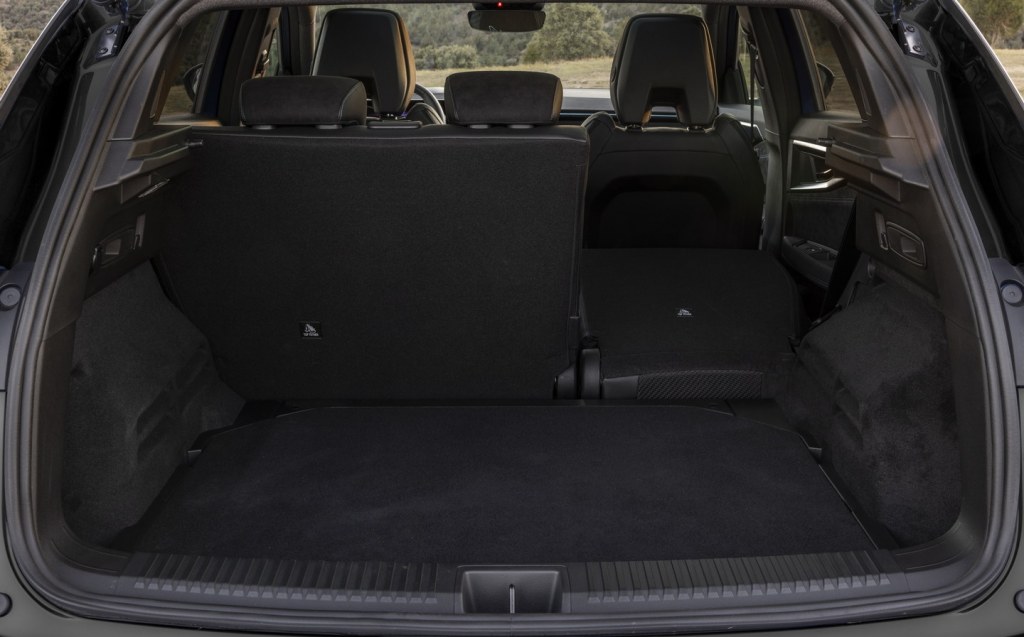
It’s a match for those cars in terms of practicality, too. On paper, the luggage bay looks a little small, but that’s because of the sliding rear seats.
In their rearmost position, they provide acres of legroom, but the boot suffers as a result. Slide them all the way forward and the boot grows to a much more competitive size, but legroom is transformed from ‘generous’ to ‘sufficient’.
It might force you into a choice between boot space and cabin space, but it’s flexibility that’s the selling point.
Technology and safety
The new touchscreen is powered by Google’s Android Automotive operating system. Renault has already used the system in its Megane E-Tech electric car, and it’s also in service in Volvo and Polestar products.
The system is based on the same technology as a smartphone but it has been cleaned up and optimised for automotive use, with huge icons and integrated Google Maps. That makes it hugely intuitive, and therefore one of the best in the business.

Even so, Renault has resisted the urge to integrate the climate control system into the touchscreen, preferring physical controls positioned beneath the portrait-oriented display. That might not please the tech fans, but it’s good news in our book because it makes the heater much easier to operate on the move.
More high-tech is the digital instrument display, which is integrated with the touchscreen. The display is clear and sharp, but there are one or two bits of information placed in slightly surprising locations. Usefully, it can be paired with a head-up display, which projects all the vital information onto the windscreen.
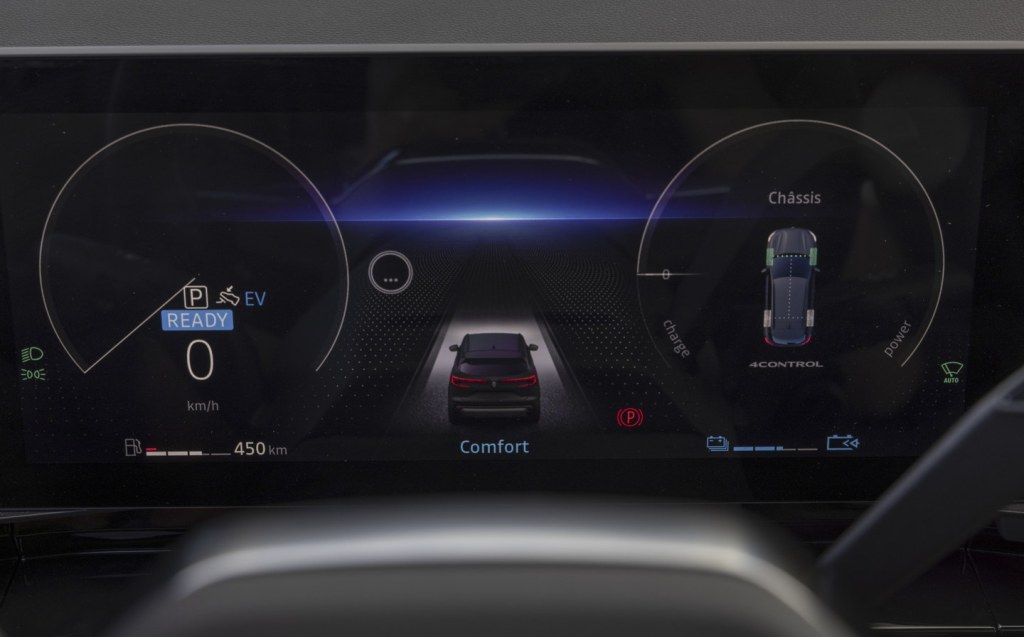
But digital tech isn’t the only technology you’ll find in the Austral. Renault has a long-standing reputation for safety, and the Austral has been fitted out with bags of driver assistance tech.
The French manufacturer is offering up to 32 driver assistance systems, including lane-keeping technology to keep you between the white lines and adaptive cruise control that maintains a safe distance to any vehicles in front.
There’s also blind-spot monitoring and parking assistance technology, including a 360-degree manoeuvring camera.
Performance, power output and acceleration
For the time being, the only powertrain on offer will be the 1.2-litre hybrid system we tested, although other options are available elsewhere in Europe. That said, the hybrid is very good, teaming a 1.2-litre, three-cylinder petrol engine with a turbocharger and two electric motors. The 196bhp system drives the front wheels through a complicated multi-mode automatic transmission.
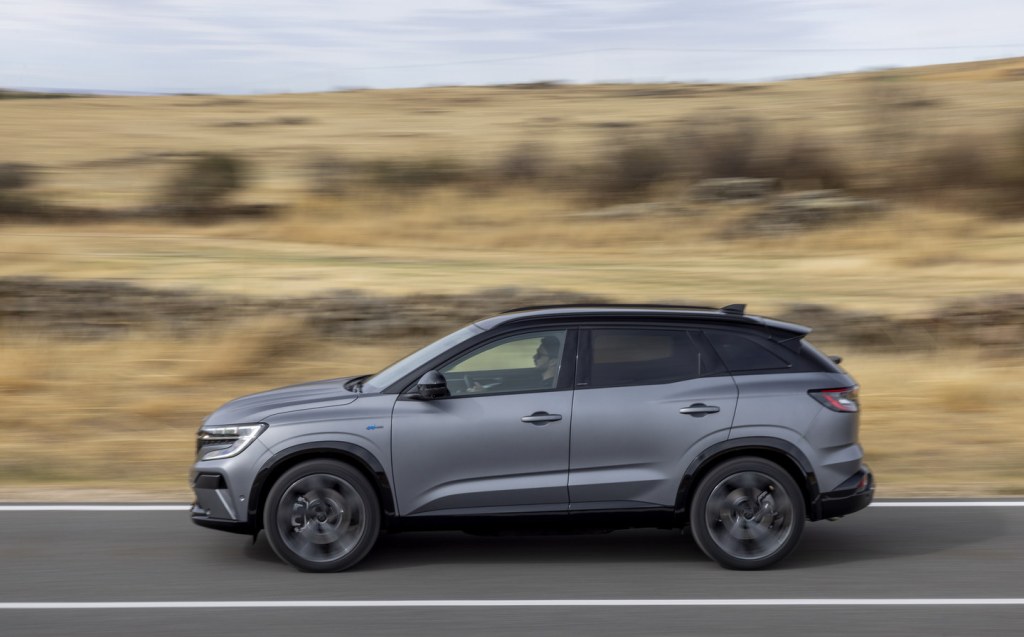
Officially, 0-62mph takes about eight-and-a-half seconds, while the top speed is about 120mph. Those aren’t world-beating figures – particularly for a car with just under 200bhp – but making progress isn’t too much of a chore. Yes, the gearbox takes a little while to sort itself out when you put your foot down, and the petrol engine can get noisy when you really push it, but during most driving situations it’s quiet and refined. Unless you’re watching the symbols in the instrument cluster, it’s often hard to tell whether the car’s running on petrol or electricity.
But the real reason for the hybrid system is economy. The E-Tech Full Hybrid manages up to 61.4mpg on the official economy test, while our test car’s emissions were rated at 109g/km. That’s good going for a family SUV with 196bhp and a petrol engine, and Renault says even alliance partner Nissan can’t get that sort of economy from the petrol-electric Qashqai e-Power.
Petty point scoring aside, the Austral may be economical on paper but we found it less so on the road. Perhaps that’s because the system is better suited to stop-start urban driving, rather than long drives on motorways and open roads. Either way, the low emissions will appeal to company car drivers and the promise of such low consumption around town will be popular with suburban buyers.
The other advantage of the hybrid system is a competitive maximum braked trailer weight of 1.5 tons, which might play well with some consumers. Admittedly, a Sportage hybrid will manage another 100kg or so, but the Austral is still capable of pulling a four-berth caravan.
Ride and handling
Renault is offering the Austral with something called 4Control, a four-wheel steering system that can turn the rear wheels up to five degrees in either direction. At low speeds, the wheels turn in the opposite direction to the front wheels, giving the car a smaller turning circle, while at higher speeds the back wheels turn in the same direction as those up front, improving stability.
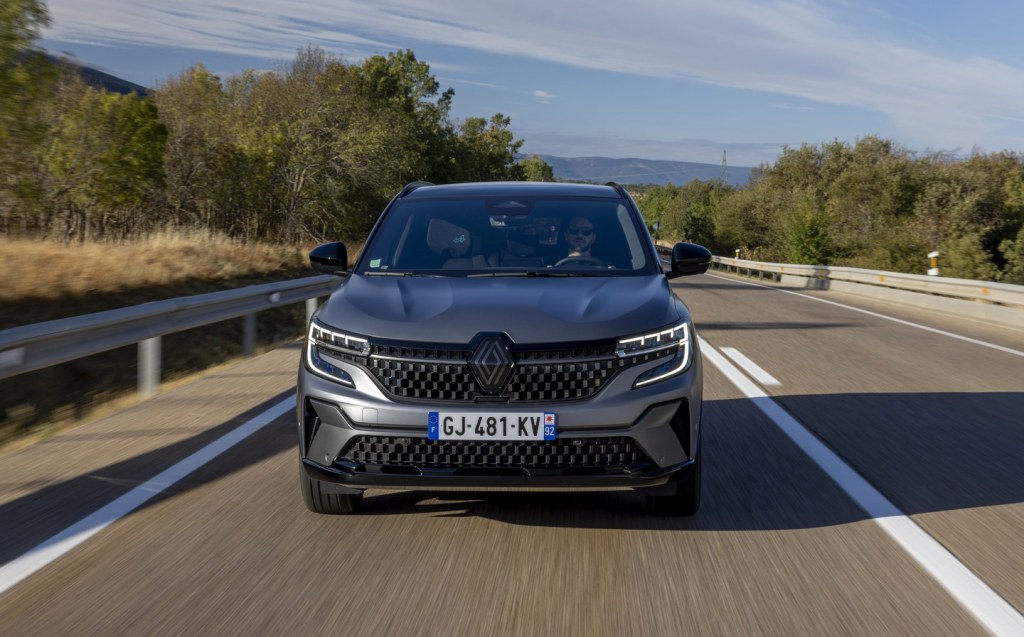
The catch with all this is incredibly sharp steering that can catch the uninitiated off-guard. Small movements of the wheel prompt such rapid responses that the car darts around the road jerkily unless you’re silky smooth with your steering inputs. You get used to it, but it’s a shock to the system at first.
We haven’t yet tried an Austral without 4Control, so we can’t comment on how much difference it makes, but we do know the system gives the car very keen handling properties. It turns into corners immediately, helped by the grip from its sticky Michelin tyres.
The steering isn’t especially communicative but there’s a hint of feedback for what the wheels are doing, and that’s better than most cars in this segment. The same goes for the body control, which manages to limit the amount of roll in corners without eliminating it altogether. All in all, it’s one of the more enjoyable family SUVs to drive, without necessarily being the most engaging.
Unfortunately, that handling comes at the cost of ride comfort, which is lacking compared with some of the Renault’s rivals. It probably didn’t help that our test car came with large 20in alloy wheels, but it did get the more sophisticated multi-link rear suspension that’s exclusive to cars equipped with 4Control and should be more comfortable than the more conventional torsion beam fitted as standard.
Despite this our test car thudded and bumped over even relatively smooth European road surfaces, jiggling and fidgeting when the asphalt became broken. It wasn’t intolerable but we’ve come to expect better from big French SUVs, and it doesn’t bode well for potholed UK roads.
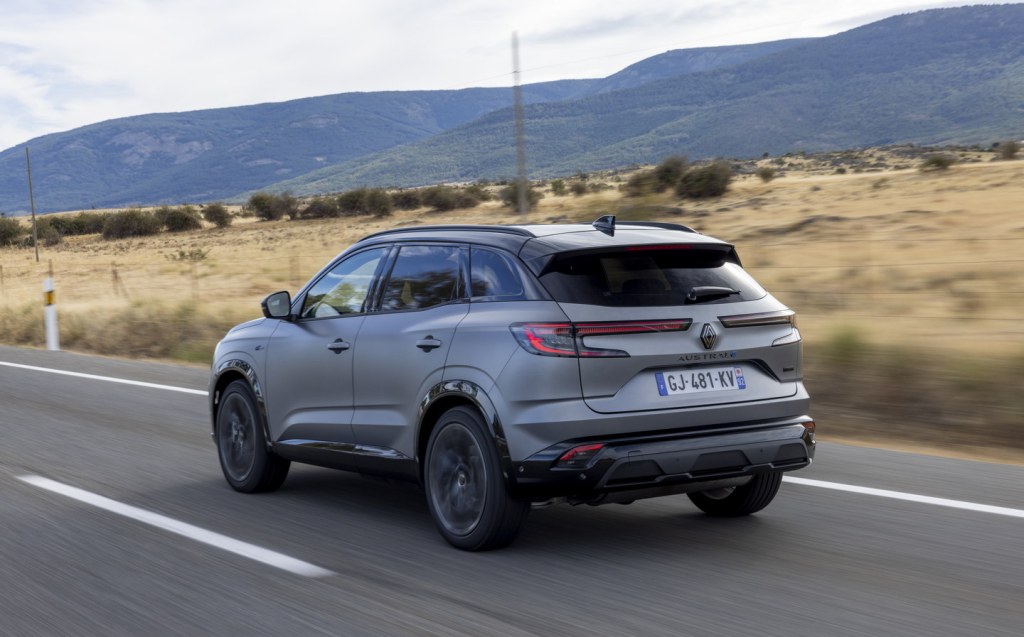
More concerning than the ride, though, is the refinement. As quiet as the hybrid system may be, the Austral’s soundproofing leaves plenty to be desired, and road noise is quite prominent in the cabin.
And the Austral really is best on solid surfaces because while four-wheel steering is available, four-wheel drive is not. Renault hasn’t ruled out bringing an all-wheel-drive Austral to market in future, but for now it’s front-wheel drive or nothing.
Still, you get a reasonable amount of ground clearance, so it should cope with uneven surfaces relatively well – particularly with some all-season or winter tyres.
Pricing and on-sale date
Renault hasn’t yet announced how much the Austral will cost but that information is expected around Christmas time or early in the new year. We assume prices will be broadly similar to those of the hybrid Kia Sportage, which comes in at around £35,000.
What we do know is that customers will have a choice of three trim levels, including the new Esprit Alpine and Esprit Alpine Plus options. Created to promote Renault’s ties with the Alpine sports car brand and the Alpine F1 team, the new trim levels are sporty numbers that will eventually replace existing R.S. Line models across Renault’s range.
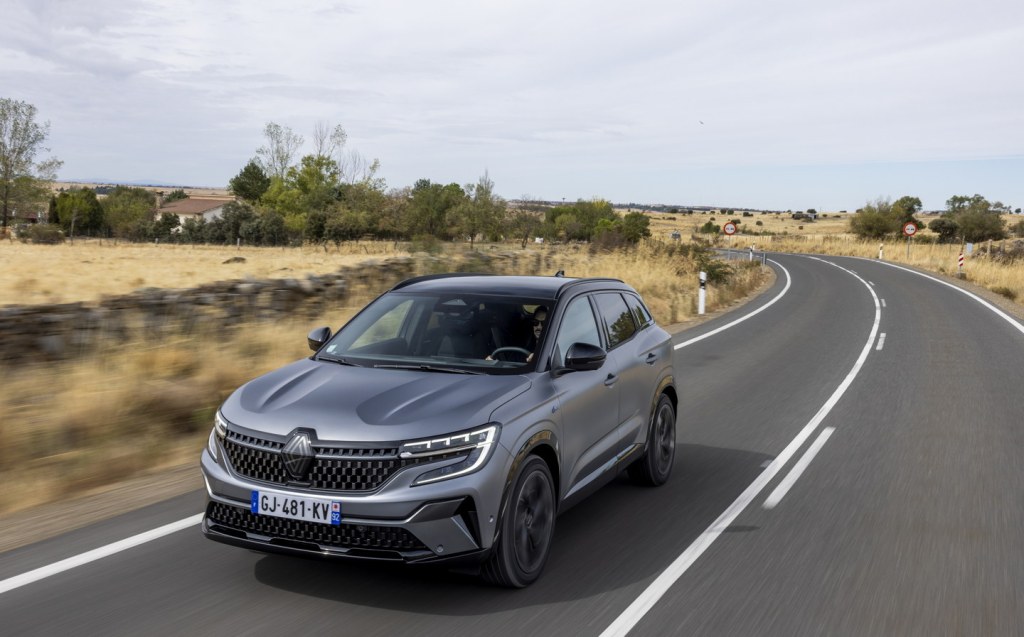
Verdict: Renault Austral review
The Renault Austral is significantly better than the old Qashqai-based Kadjar it replaces. It’s better to drive, more distinctive inside and more stylish outside, as well as being more efficient and considerably more high-tech. Overall, it’s a vast leap forward for Renault, and it allows the brand to compete with established and popular models from Hyundai, Kia and Nissan.
It isn’t quite good enough to beat its rivals but it isn’t without its talents, and that should be enough to ensure it takes a respectable slice of the huge family SUV pie.
Related articles
- After reading our review of the new Renault Austral, you might want to see our review of the Renault Mégane E-Tech Electric
- Keen to go electric? Here are the top 10 longest-range electric cars
- Or read Will Dron’s review of the Hyundai Ioniq 5
Latest articles
- Omoda 5 prototype review: Bargain family SUV is solid first effort for new Chinese brand
- Dacia Duster 2024 review: Rugged, affordable SUV modernised with electrification and quite the glow up
- Audi A3 Sportback 2024 review: Softly, softly, catchy premium hatchback buyer
- New electric-only Mini Aceman fills gap between Mini Cooper hatch and Countryman SUV
- Tesla driver arrested on homicide charges after killing motorcyclist while using Autopilot
- Porsche Macan 2024 review: Sporty compact SUV goes electric, but is it still the class leader for handling?
- F1 2024 calendar and race reports: What time the next grand prix starts and what happened in the previous rounds
- Aston Martin DBX SUV gets the interior — and touchscreen — it always deserved
- Nissan unveils bold look for updated Qashqai, still made in UK


